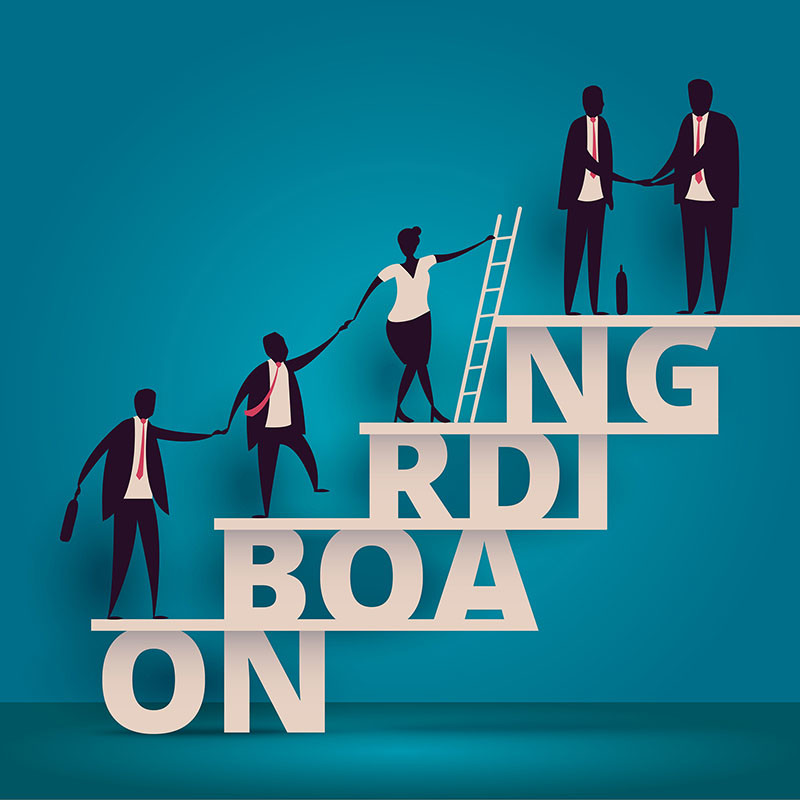The benefits and challenges of implementing a diversity and inclusion program

The benefits and challenges of implementing a diversity and inclusion program Introduction (Brown, 2014) Stated that in today’s global and interconnected world, it is essential for companies to recognize the importance of diversity and inclusion (D&I) programs in the workplace. Implementing D&I programs can bring numerous benefits to organizations, including improved employee morale, increased creativity and innovation, and enhanced business performance. However, there are also challenges that come with implementing such programs, and companies need to be aware of these challenges in order to create successful and sustainable D&I programs. Diversity and inclusion (D&I) programs have become increasingly important in the workplace as companies recognize the benefits of having a diverse workforce. Implementing a D&I program can lead to improved employee morale, increased creativity and innovation, enhanced business performance,...



